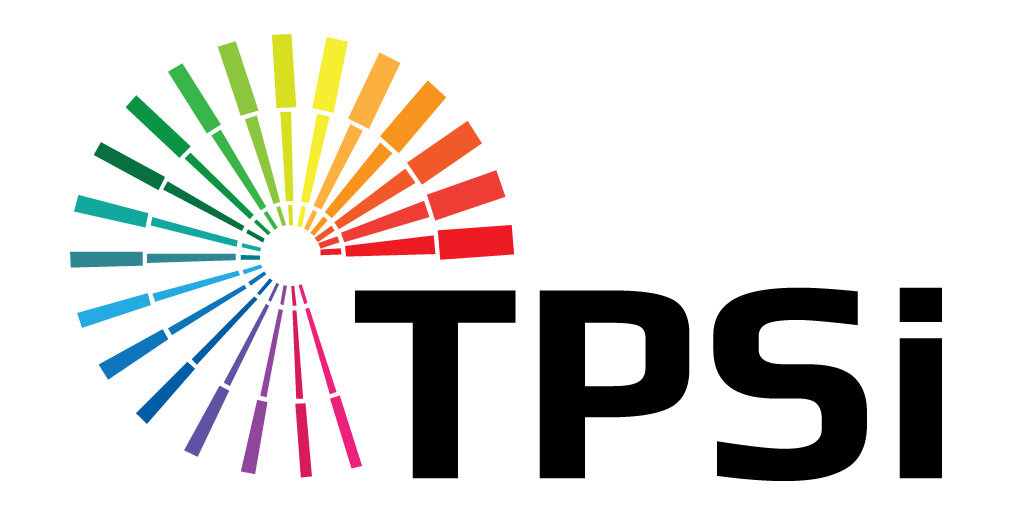Direct mail can be a powerful driver of business growth—but only if you can measure how well it works. Tracking postcard effectiveness allows you to see what converts, what doesn’t, and where to improve. This guide explains how to measure ROI, responses, and conversion rates so your postcard campaigns generate consistent, predictable results.
Step 1: Start with Clear, Measurable Goals
Before you send a single postcard, define what success looks like. Common goals include:
- Generating new leads or sales
- Increasing website visits or phone inquiries
- Promoting limited-time offers
- Re-engaging inactive customers
Tip: Pair each goal with a specific number—like 300 new inquiries or 15% higher repeat sales—to give your campaign measurable benchmarks.
Step 2: Track Your Response Rate
Your response rate shows how many recipients took action.
Best tracking methods:
- Use unique promo codes or coupon offers
- Add QR codes that lead to a campaign-specific page
- Set up a dedicated phone number for tracking calls
Response Rate Formula:
(Number of Responses ÷ Number of Postcards Sent) × 100 = Response Rate %
A well-targeted postcard campaign typically produces a 3–5% response rate, but top-performing mailings can exceed 10%. TPSi manages all aspects of QR code creation, placement, and tracking to ensure your campaigns generate measurable and accurate results. Our team designs and integrates each QR code strategically for optimal visibility and USPS compliance.
Step 3: Measure Conversion Performance
After identifying responses, track how many resulted in your desired outcome—like a purchase, signup, or appointment.
Example:
- 200 responses from 5,000 postcards = 4% response rate
- 50 purchases from 200 responses = 25% conversion rate
Analyzing this step helps you improve your design, offer, and call-to-action clarity.
Step 4: Calculate Campaign ROI (Return on Investment)
ROI determines the profitability of your mailing.
ROI Formula:
(Revenue Generated − Campaign Cost) ÷ Campaign Cost × 100 = ROI %
Include all costs—printing, postage, design, and list rental—to ensure accuracy. A positive ROI means your postcards are generating real value for your marketing spend.
Step 5: Use Tracking Tools and Integrations
Technology makes direct mail measurable. Combine print and digital tools for full visibility:
- QR Codes & Custom URLs: trackable through Google Analytics
- Call Tracking: measure inbound calls via unique phone numbers (e.g., CallRail)
- CRM Integrations: connect mail responses with leads and sales in systems like HubSpot or Salesforce
- Mail Tracking Platforms: confirm delivery and response timing
Use one reporting dashboard to monitor all data points for clear insights. TPSi manages all aspects of QR code creation, placement, and tracking to ensure your campaigns generate measurable and accurate results. Our team designs and integrates each QR code strategically for optimal visibility and USPS compliance.
Step 6: Analyze Results & Optimize Future Mailings
After the campaign, evaluate performance by comparing:
- Different designs or headlines (A/B tests)
- Offers or calls-to-action
- Zip codes, demographics, or list segments
Each mailing provides data that can guide your next postcard run—refining your creative, targeting, and timing for stronger performance.
Step 7: Report Results to Stakeholders
Summarize your findings for internal teams or management. Include:
- Number mailed
- Total responses
- Conversion rate
- ROI percentage
- Key takeaways for improvement
Presenting data visually (charts or side-by-side comparisons) makes your insights easier to understand and act on.
